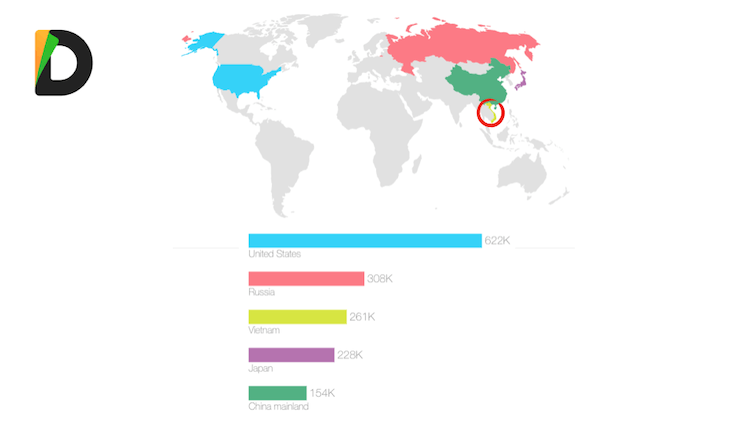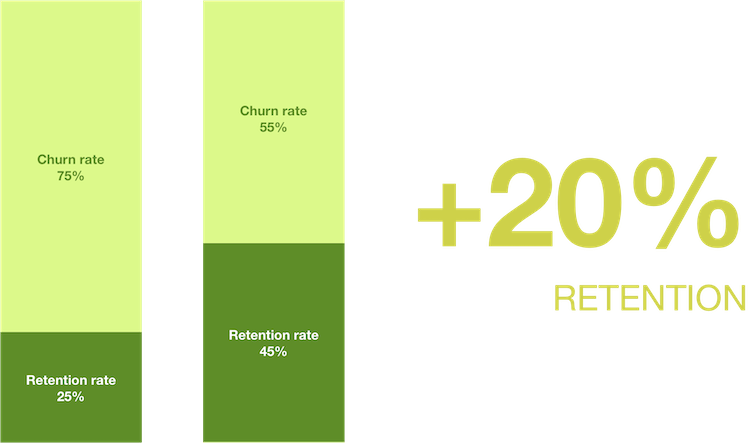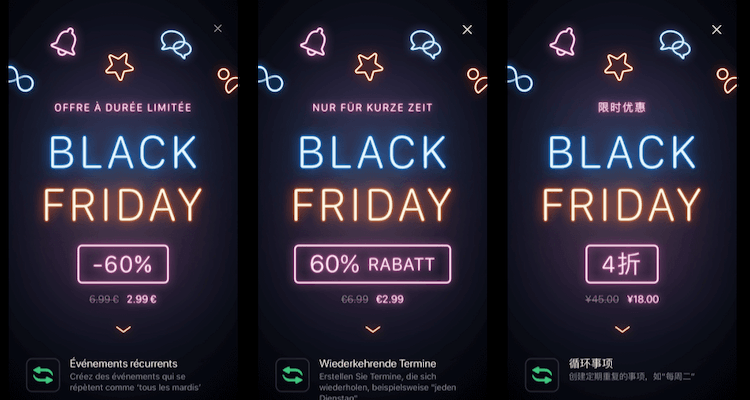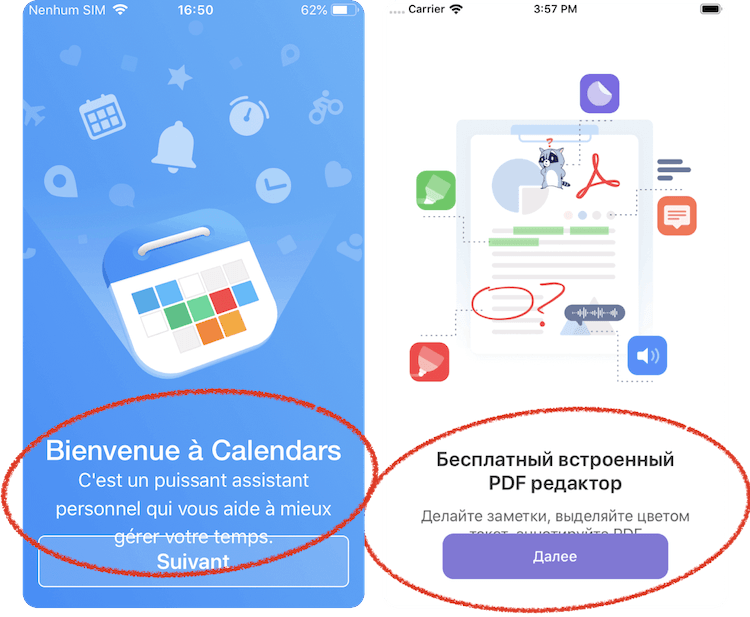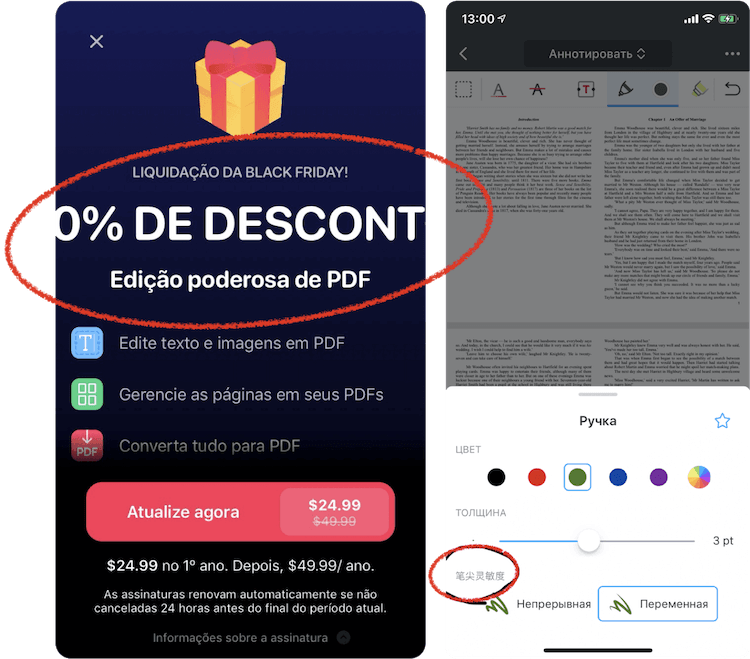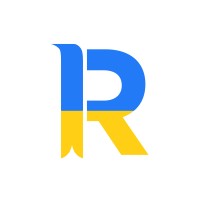
You work at a fast-growing startup. You feel your application has the potential to do well in other countries, but you haven’t given it a try.
This blog post was first published on Readdle blog.
In the meantime, Apple keeps on reminding you in the App Store what you’re missing out if your app doesn’t speak more than one language. Tons of emails are bumping into your Inbox with offerings from various vendors to provide you with the best services in affordable localization. And thousands of customers from different parts of the world are sending their requests for the app localization into their language.
You can’t avoid the question: Does it really make sense to localize?
At Readdle, we have the answer.
One of the cases how localization made a huge boost in conversion rates from a free trial to a paying customer in PDF Expert for Mac.
Readdle went globally almost 10 years ago in the times of iOS 4. Our first localized app was called Take a Note. When we felt that the app had enough power to do well in non-English speaking countries, we localized it into German along with its product page: description, artworks, and app title. In the App Store it looked like this:
And this was actually the beginning of Readdle’s expansion to the world 😉
Back in 2009 we had one localized app, two German native speakers-translators and one German language, besides English.
Where are we now? Today, we have 8 productivity apps localized from English into 10 languages. Our team also translates all app listings on the App Store, reference materials, landing pages, emails, and marketing campaigns so that millions of people worldwide can enjoy the best productivity apps in their native language. Over the years, through trial and error, our team has been collecting the best localization practices, insights and walkthroughs. And here they are!
1. Circle your audience
Just because a language is popular, it doesn’t mean it’s the right choice for your app. Don’t rush to translate your app into all the most widely used languages at once. Instead, investigate your client base and define your audience. Localizing your product into the right language will help you achieve great results, as we’ll see below.
Performance marketers are shifting budgets to Browser Advertising 📈
Learn how brands like Walmart, Expedia and Nike drive incremental growth by reaching high-intent users before they hit search.
Get Your Free GuideAt Readdle, we localize our products into the following languages:
- Chinese Simplified
- French
- German
- Italian
- Japanese
- Brazilian Portuguese
- Russian
- Spanish
- Vietnamese (Documents)
- Ukrainian (PDF Expert and Documents)
The choice of these languages has been formed over the years by the thorough market research and investigation of our client base, app analytics and app reviews in both markets: App Store and Google Play.
Localization may affect the user acquisition and retention metrics in your product, and here’s a vivid example of our Documents app.
Documents is a free file manager for iOS which lets you work with any file format and keep all your files in a single, convenient place. It’s Readdle’s most popular app, with the largest user base.
We noticed that Vietnam is the number 3 country for our users, although the churn rate in this country was enormous. Every month, 170,000 Vietnamese people downloaded the app, but in 30 days almost half of them were leaving Documents forever.
So we decided to improve the situation by localizing Documents in Vietnamese. Our team translated the app itself, along with the App Store product page and the User Guide. After some time, it turned out that the Vietnamese localization improved the retention rate by 20%.
Pro tip: If you’re planning to test market potential, you don’t have to localize everything at the beginning. It’s best to scale up your localization project:
- Test the market potential. Localize your App Store listing and see if there is any traction.
- If you find potential in particular markets, go for minimum translations. Localize the app content and necessary user manuals.
- Strong local reception? Great! Go ahead with the complete localization, including your landing pages, marketing materials, and social media content.
2. Choose your translation “ambassadors”
At Readdle, we have a really unique working relationship with our translation team. We don’t have the in-house team of translators, we don’t work with outsource freelancers. Historically, it’s our loyal customers who covered most of the translation tasks. Over the years, our translators have become a true voice of Readdle abroad and formed a real localization team of 19 professional linguists from different parts of the world from São Paulo up to Beijing.
Each of them has their own story of how and why they came to Readdle. Most of them contacted our support team and offered their help with localizing our apps in their native languages.
A cool story happened when we were looking for our Vietnamese translator this year. In 2012 we received a request from a Vietnamese user whose father was a big fan of Documents. Unfortunately, the app didn’t support his language and the customer suggested his assistance with the Vietnamese localization. But way back then, the Vietnamese market wasn’t included into our roadmap.
7 years have passed, and in 2019 our plans changed. We decided to launch our app in Vietnam. We contacted that Vietnamese user and received a response that he was ready to help us with the Vietnamese localization and wanted to start working with Readdle. That was a win!
Our translators use Readdle apps and localize them at the same time. They are always in the know of what is going on in the app and which new features are coming, so they can provide the strongest high-quality translations on time.
Pro tip: Build friendly relationships with your localization team
Be on the same wavelength with your team, explore together the products you’re translating. Invite them to visit your country, create a team chat in any social network you like (Telegram, WhatsApp, etc.) to share opinions on films or music bands, talk to them on common things and create a solid translation team you can always rely on.
3. Localize the whole experience
There is a golden rule of localization:
A properly localized product should have the look and the feel of having been created specifically for the end users into their native language.
When it comes to the marketing campaign, whether it’s Christmas, Black Friday, or anniversary campaign, one of the most important things we consider when engaging with the target audience is their cultural behaviours.
We don’t simply translate text strings, we localize the whole experience for each peculiar region.
Here is an example of our Black Friday banners running in France, Germany and China:
If you’re launching a marketing campaign in China or Taiwan, make sure to understand how discounts work in China. Otherwise, you might end up with wrong expectations from your users.
The thing is, in Chinese stores, discount signs tell you the percentage of the original price that you now have to pay. So don’t get too excited when something is marked 9 折; that doesn’t mean 90% off. It means you can buy it for 90% of its regular price – a 10% discount.
To make the customer experience even better, we’re also adapting app previews and artworks in the App Store. In these artworks, we display different popular local press for German and Japanese markets.
In artworks for our email client Spark, we’ve included different email providers for Germany, Japan and other countries.
4. Develop apps with the localization in mind
Languages come in a large variety of shapes and sizes, and frequently drastically differ from a word length perspective. One line of English text can result in 2-3 lines in German or Russian.
When you begin working on a localized design, it’s essential to take into account the length of each linguistic component on the interface and to leave some space for the localized version of the source text. Ironically, this is the least technical aspect of designing a site, yet it has the most potential to ruin the user’s experience with it. So it would be great to start thinking of extra space in the earlier phases of the process.
Try to develop and design the apps with localization in mind and make sure that localization is not an afterthought.
5. Make sure the source text shines
The quality of your localized product is largely dependent on the quality of the incoming original text. Before your source materials ever go to translation, they should be ‘localization ready.’ Moreover, they should be cleaned up in terms of stylistics, grammar, spelling, punctuation and all other aspects of the language.
Don’t forget to discuss with the team the style guides, company-specific terminology and the so called list of specific ‘rules’ to follow during the process: desired tone (formal/conversational), rules for capitalization, punctuation and accent marks, use of abbreviations, etc.
6. Provide your translators with context and all needed materials
To correctly convey the meaning from one language to another, your translators need context, and as much as possible. While the development team is preparing the code for localization, we’re preparing our translators by sending them comprehensive reference materials, screenshots and videos to help them understand the meaning of the source text better. Just try to foresee ambiguous words or sentences that might cause difficulties in understanding of the context — and provide explanations.
Pro tip: Make sure each member of your localization team has the alpha or at least beta version of the app on their own iPhone, Mac or any other device before the localization actually starts. They should know the product they are going to adapt.
7. Let translators catch the bugs
Testing a localized app is always a pain. If you don’t want your customers laughing about something you produced, we recommend on-device localization testing – the so called test-drive.
Here’s how we do it at Readdle:
- First test drive by Localization Lead. Once all the strings are ready in Crowdin, I’m the first person to check a localized app on a real device. Usually, I find some obvious bugs like a long phrase not fitting into the screen.
- Translators check results of their work. All translators get a localized version of the app on their devices. This happens even before the QA department starts testing. Translators can catch and fix all the localization bugs on the spot. This saves many man-hours for QA engineers and speeds up the process of testing in general.
- QA testing begins. After the localization team fixes all the strings, the app goes to the next stage of testing with our QA team.
Even when you think everything is under control, some localization disasters can make their way into your app.
For example, the localized text takes up too much space…
… or people see a 0% discount or some mix of Chinese and Russian.
Fortunately, our sharp-eyed sers help us fix such bugs as soon as possible.
Wrapping up
Adapting your app to a new language is only the first step on an eternal journey to another culture. It’s a continuous process requiring day-to-day cooperation with your customers, constant interchange of feedback and gathering new facts about different countries.
Learn to hear your customers, respect their genuine desire to help you improve the app, and don’t ignore the localization feedback transported via the Customer Support Team because nothing brings people together as closely as language.
At Readdle, we always aim to make our apps better, including their localization. If you speak any of our supported languages and love the idea of making software universally accessible, please reach out at tata@readdle.com and I’d love to hear your thoughts or suggestions on our work.







